BITS BLOG
What Is Role-Based Access Control (RBAC)?
Access is one of the most overlooked drivers of both security risk and operational cost. Too much access creates exposure. Too little access causes unnecessary friction and slows down your team.
Role-Based Access Control (RBAC) addresses this challenge by assigning access rights based on job function, not on tenure or who asks the loudest.
In this article, we explain RBAC in plain business terms, highlight where it delivers measurable value, and show how to implement it without adding complexity.
The Business Case for RBAC
Most access-related security issues are not caused by insider threats. They result from vague policies, manual exceptions, and poor offboarding procedures.
RBAC helps solve that problem.
Instead of assigning access on a person-by-person basis, RBAC creates predefined roles such as “HR Associate” or “Finance Manager.” Each role comes with a consistent set of access rights based on its responsibilities.
When someone changes jobs or leaves the company, you simply adjust their role. This eliminates guesswork and minimizes risk from lingering permissions.
Why Executives Should Care
RBAC is not just an IT initiative. It creates business value across four critical areas:
1. Security Risk Reduction
RBAC reduces the potential impact of compromised credentials. If users only have access to what they need, attackers have fewer paths to exploit.
2. Operational Efficiency
Roles streamline onboarding. New hires and job changes no longer require case-by-case access decisions.
3. Compliance and Audit Readiness
Frameworks like HIPAA, NIST, SOC 2, and CMMC require structured access controls and audit evidence. RBAC simplifies both.
4. Cost Control
Excess access often leads to redundant licenses and unused software. RBAC helps identify and eliminate these inefficiencies.
How to Implement RBAC Without Overcomplicating It
Step 1: Identify Core Business Roles
Focus on job functions rather than departments. Look for patterns such as “sales rep,” “project manager,” or “customer support specialist.”
For each role, define:
- Systems accessed
- Types of data handled
- Privilege levels (read, edit, approve, etc.)
Step 2: Map Access Requirements
Once roles are defined, determine what tools and systems each role needs, and at what level of access.
This is where access strategy ties directly to risk. BITS Cyber uses data classification tiers to align access to sensitivity and business purpose.
Step 3: Automate Where Possible
Use your identity provider (such as Microsoft Entra ID, Okta, or Google Workspace) to manage permissions by group. Automate access provisioning and deprovisioning for all stages of the employee lifecycle.
Step 4: Review and Refine Quarterly
Roles evolve over time. Schedule regular reviews, especially after reorganization, acquisitions, or significant system changes.
What RBAC Is Not
RBAC is not a complete solution on its own. It does not address:
- Poor identity practices like shared accounts or weak passwords
- Missing multi-factor authentication
- Unapproved apps or tools operating outside IT’s oversight
RBAC is one component of a larger identity and access governance model. But it delivers strong benefits when implemented correctly.
How BITS Cyber Supports RBAC Initiatives
We help organizations shift from ad hoc access management to structured, risk-aligned programs through:
- Role definitions grounded in business function
- Access tiering based on data classification
- Identity and access platform integration
- Documentation for audit and compliance use
- Tracking improvements with the Business Change Tolerance (BCT) model
Whether you are preparing for an audit, migrating systems, or tackling access sprawl, we bring the clarity and execution support needed to make it work.
Final Thought
RBAC is not just about controlling access. It is about improving productivity, reducing friction, and making your cybersecurity program scalable.
If your current model relies on manual approvals or outdated assumptions, it is time to modernize.
Your help desk and audit team will thank you.
